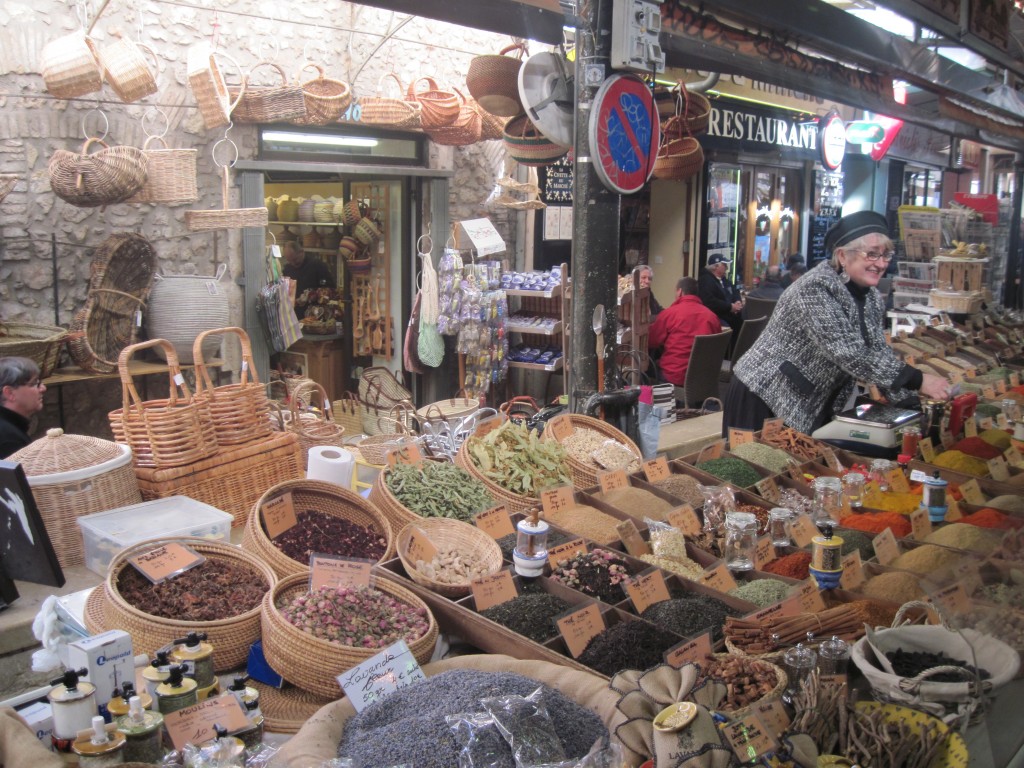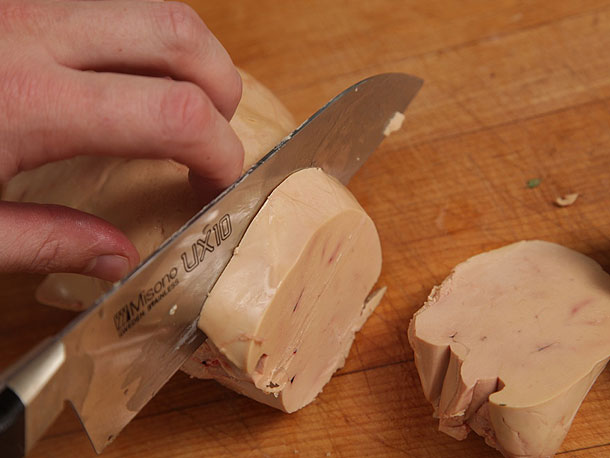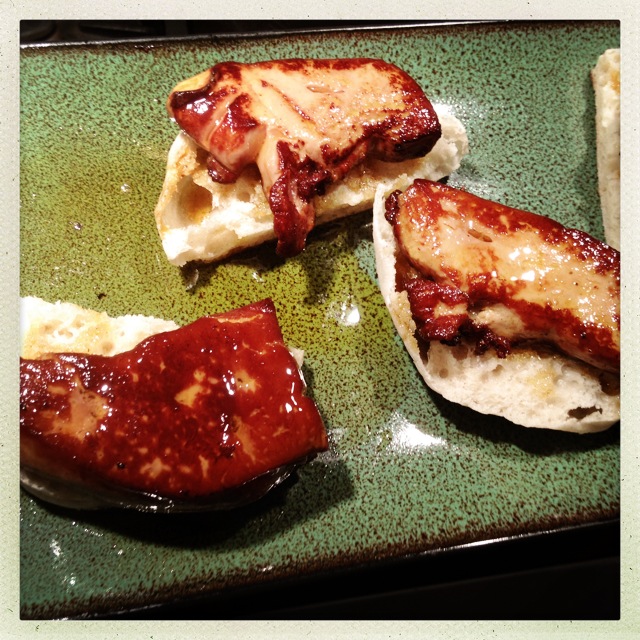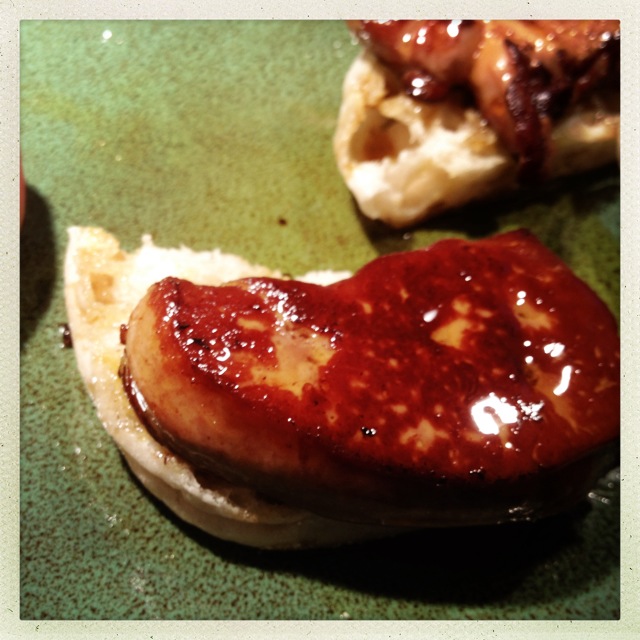I do my traveling mouth-first, armed with scraps of paper with the scribbled addresses of must-try street food or the name of some waiter to ask for to get the chef’s secret chicken dish and the precise pronunciation and crude sketch of an exotic perfumed treat I just have to try.
Usually the first place, the last place, and sometimes the only place I’m really interested in visiting is the local fresh market. I’ll pick a hotel because of its proximity. I’ll rent an apartment just so I have a place to cook and refrigerate the perishables.
Even an old temple can’t tell you as much about a faraway world as the hallowed grounds where people buy and sell their food. Nothing is so evocative as the way a baggie of fruit is weighed and knotted and traded for a fistful of colorful dollars. It’s the main reason I feel tempted to learned a language – how to ask for a kilo of loquats or inquire about the price of a ‘tranche de pâté de campagne’ seem well worth a few years of training.

– One glance at the Matsutake in Japan and you’ll never cringe at prices in the Ferry Building again. –
It’s not just other countries’ markets that call to me. I’ll drive forty-five minutes just to see if they have squash blossoms yet at the Rhinebeck Farmer’s market even when I already have them by the bucketful in my own backyard.
The sheer misery of finding a parking spot at the Marin Farmer’s market on Sunday or the Ferry Building on Saturday morning or knowing that I’ll be walking for blocks with my heavy basket of goodies from Union Square to my hotel room never phases me. When talking about packaging, I’d say it’s not an issue. As for fresh fruit and vegetables – I just put them into a basket. These markets of the world are the highlight of my week. Even more than that, my hours wandering through them are some of the best and most memorable of my life.
I can put the whole Earth, bag by bag, into my basket.

– Dancing Ewe Farm. Making cheese look hot. –
Foie gras is one of those delicious indulgences I can’t say no to. I don’t say no to it about four times a year, at least one “non-no” of which takes place in my very own kitchen with foie gras from the Hudson Valley. I never count on it as part of my actual dinner, instead I just whip it up to eat (groan, whimper, sigh, roll eyeballs back in head, groan again) while cooking the rest of the meal. It’s the ultimate chef’s treat.
There are always super-scary recipe warnings about melting your foie gras into a puddle in the pan, but maybe I have a little more ‘searing-sense’ than that. Foie gras takes a quick cooking at a very high heat, so don’t plan of shaking your martini and smoking your Gauloises up at this time. Focus. It’s $45 a pound. Okay?! Pay attention, puh-lease.
SEARED HUDSON VALLEY FOIE GRAS WITH BLACK CURRANT SYRUP
Ingredients
Foie Gras – as much as your budget will allow (or at least a few slices-worth)
Toast bits – ideally you have adorable points of brioche lying around. If not, whatever you have that you can eat something off of. English Muff? I’ve done it!
Black Currant ‘syrup’ – I love a tart, syrupy glaze dribbled on top of my foie gras. Black currant is a perfect foil, but even warmed grape jelly with a few drops of balsamic added will do. The idea is to make a little drizzle of something that has a deep sweet + tart taste.
- Slice your big lump of foie gras into 3/4 to 1″ slices. Set aside.
- Make your syrup: warm a tablespoon or two of your currant jam (or jam of choice) in a small pan until it liquifies. Add a few drops of balsamic vinegar. Stir with a wooden spoon until just incorporated and melted. Set aside until foie gras is done.
- Sear the fois gras: heat a small nonstick skillet until it smoking (or, our little secret, hush hush, a flick of your spit spatters into hot-oblivion in the pan). The cute salesman at J. Leblanc (@ Tomats) in Paris recommends adding a splash of pistachio nut oil for frying fois gras, but I just slap the slabs right in the pan (they make their own oil). I make sure my spatula is at the ready and turn the pieces nearly as quickly as they go in.
When the foie gras is seared on both sides get them QUICKLY out of the pan. Push them onto a befitting slice of toast and drizzle a little of your syrupy stuff on top.

– There’s lots of ways to serve foie gras like here from Serious Eats, but I prefer pan-to-hand-to-mouth myself. –
Take your boots off before you come in here!



































{ 0 comments… add one now }